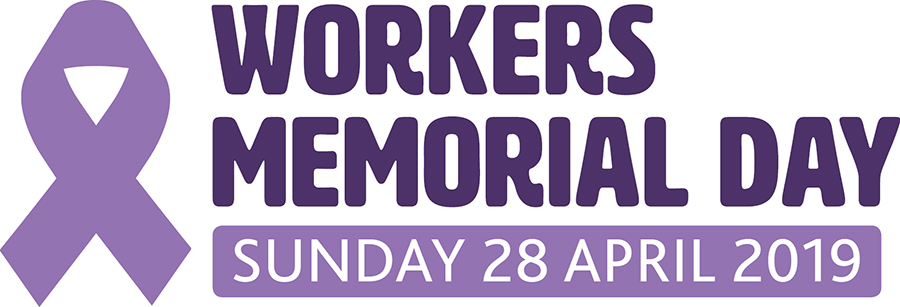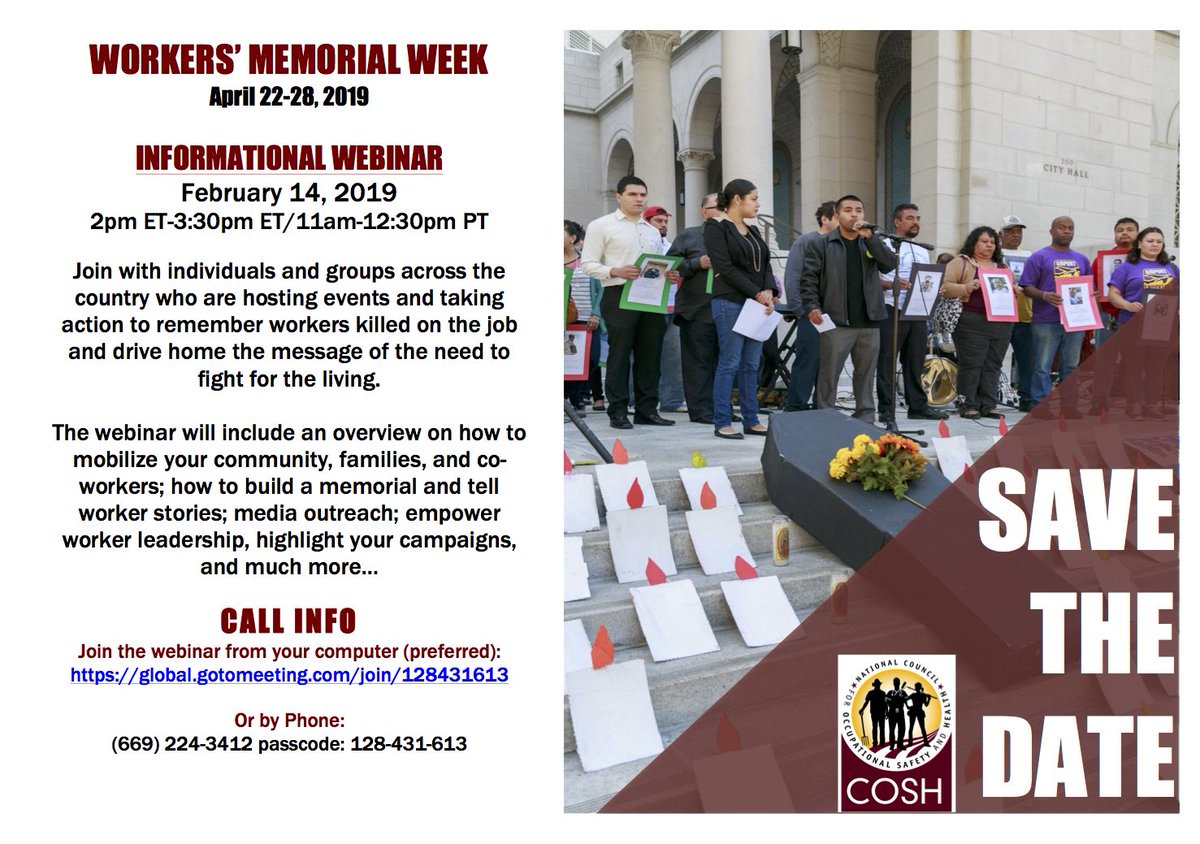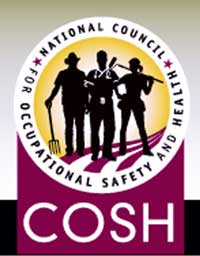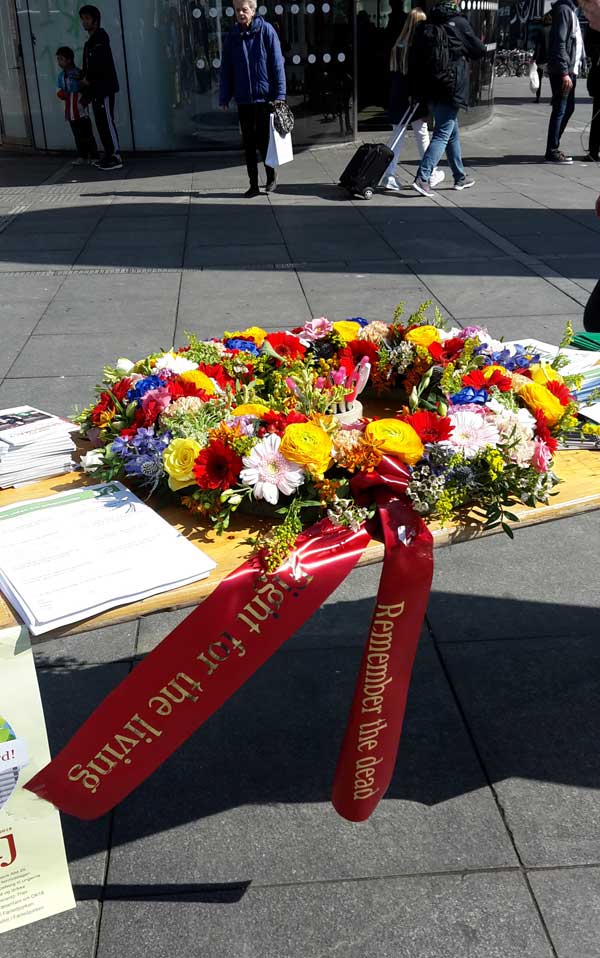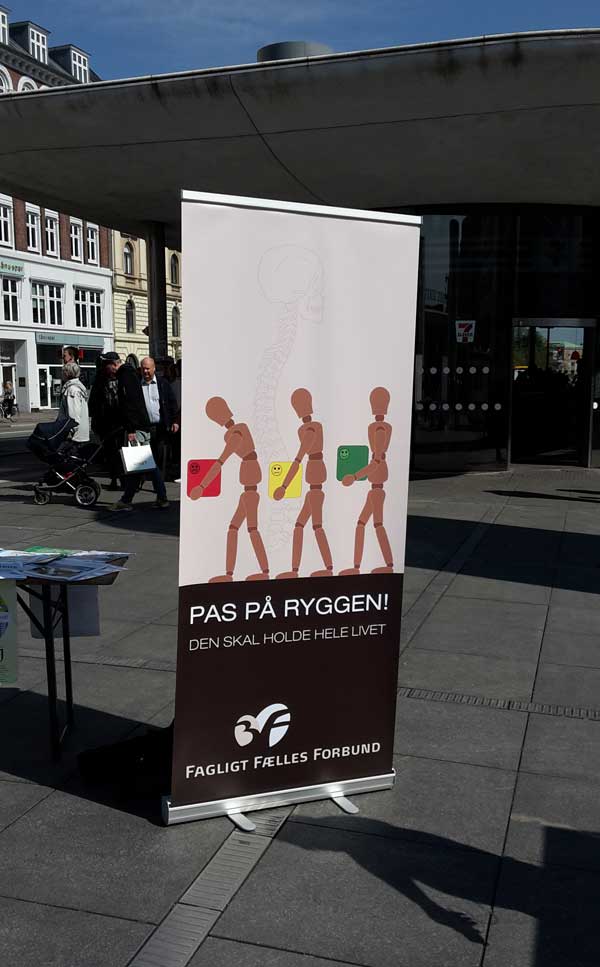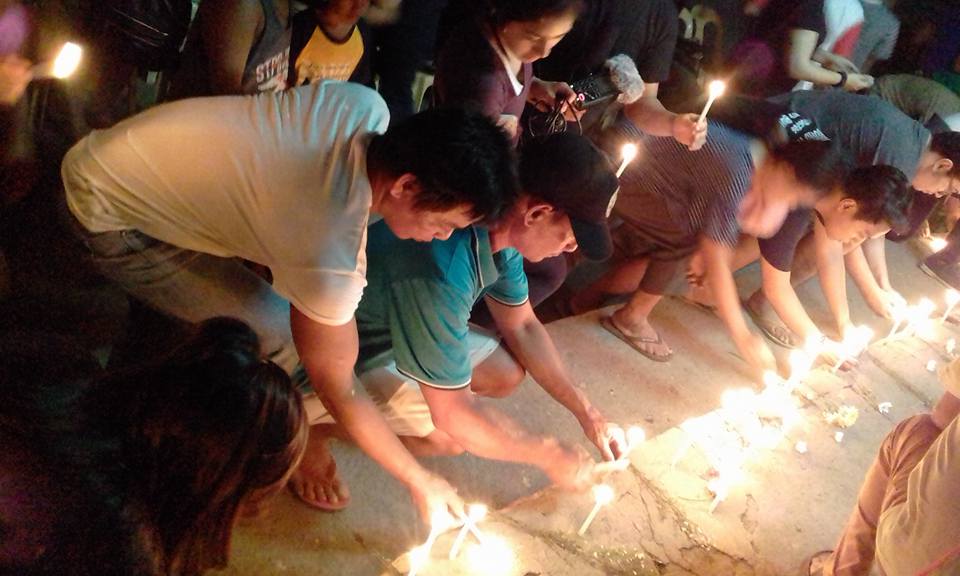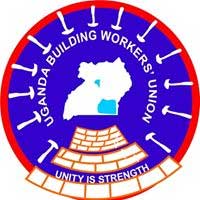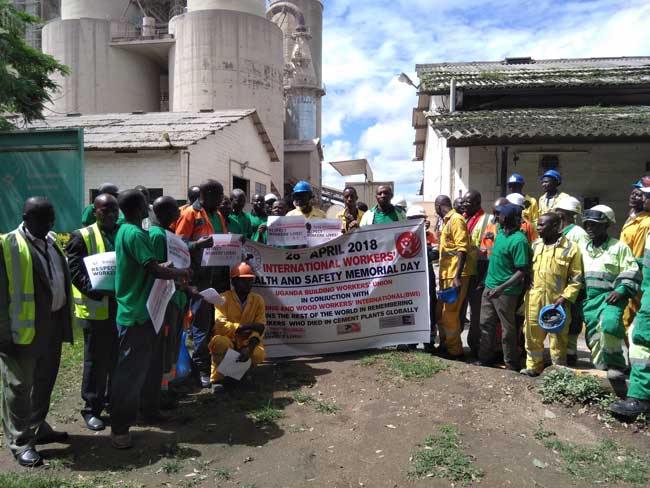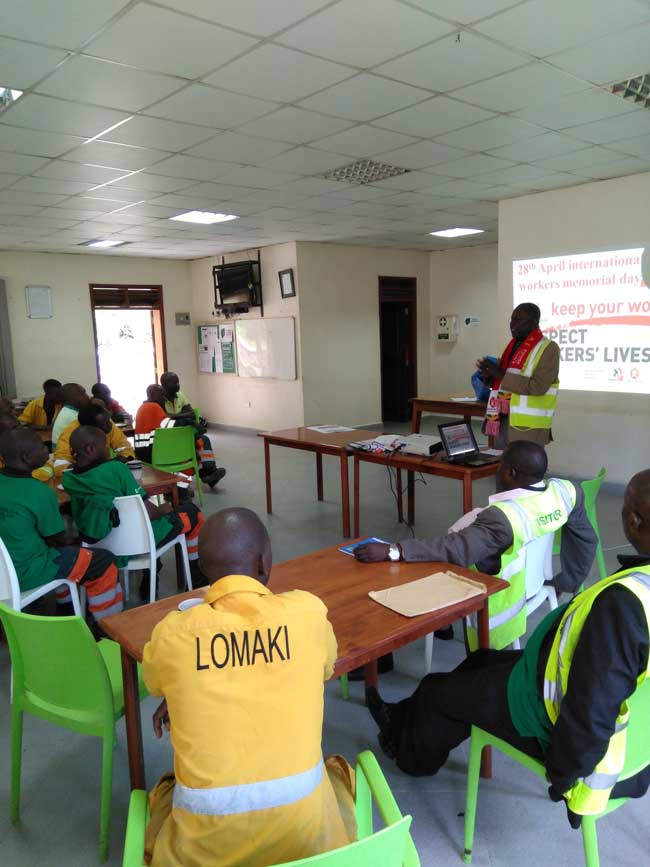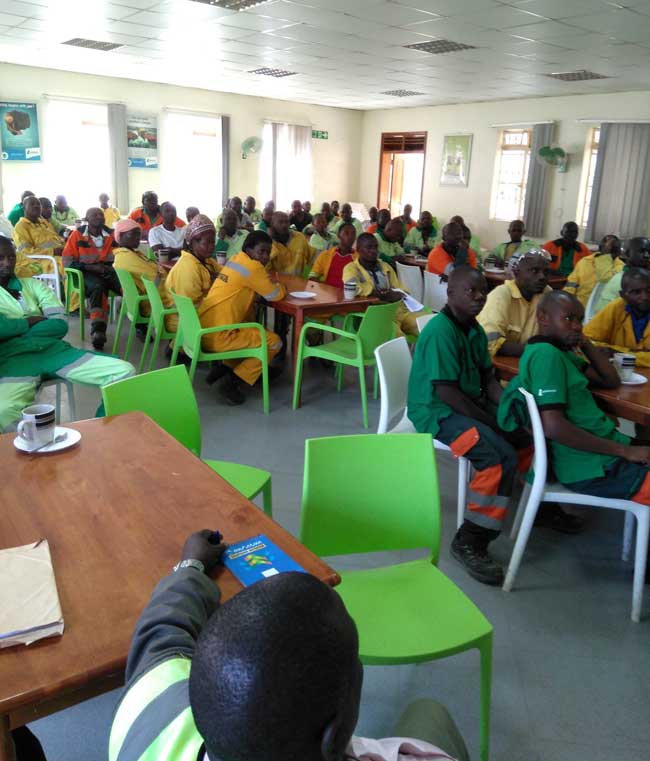Global union confederation ITUC has confirmed the theme for International Workers’ Memorial Day on 28 April 2019.
‘Taking control – removing dangerous substances from the workplace’ will be this year’s focus for what has become the world’s largest annual health and safety event. The union-led campaign will emphasise a ‘Zero Cancer’ approach, urging reps to seek to eliminate or minimise exposure to carcinogens in the workplace.
- « Prendre le contrôle – éliminer les substances dangereuses du lieu de travail »
- “Tomar el control: eliminar sustancias peligrosas del lugar de trabajo”
ITUC says it will be developing resources ahead of the event to support union preparation of campaign materials. It adds that new resources and events will be featured on the regularly updated dedicated www.28april.org webpages. It is urging organisations to use the hashtag #iwmd19. ITUC is also highlighting key existing resources:
- Toxic work: Stop deadly exposures today!, ITUC [2015]
- Occupational cancer/zero cancer: A union guide to prevention, Global Unions [2007].
- Cancer and work: understanding occupational cancers and taking action to eliminate them, ETUI [2018]
- ITUC/Hazards occupational cancer blog www.cancerhazards.org
- Report of the Special Rapporteur on the implications for human rights of the environmentally sound management and disposal of hazardous substances and wastes, OHCHR, 2018.
The high profile event, which in 2018 saw tens of thousands of activities in over 70 countries, has ‘trended’ on twitter in recent years.
